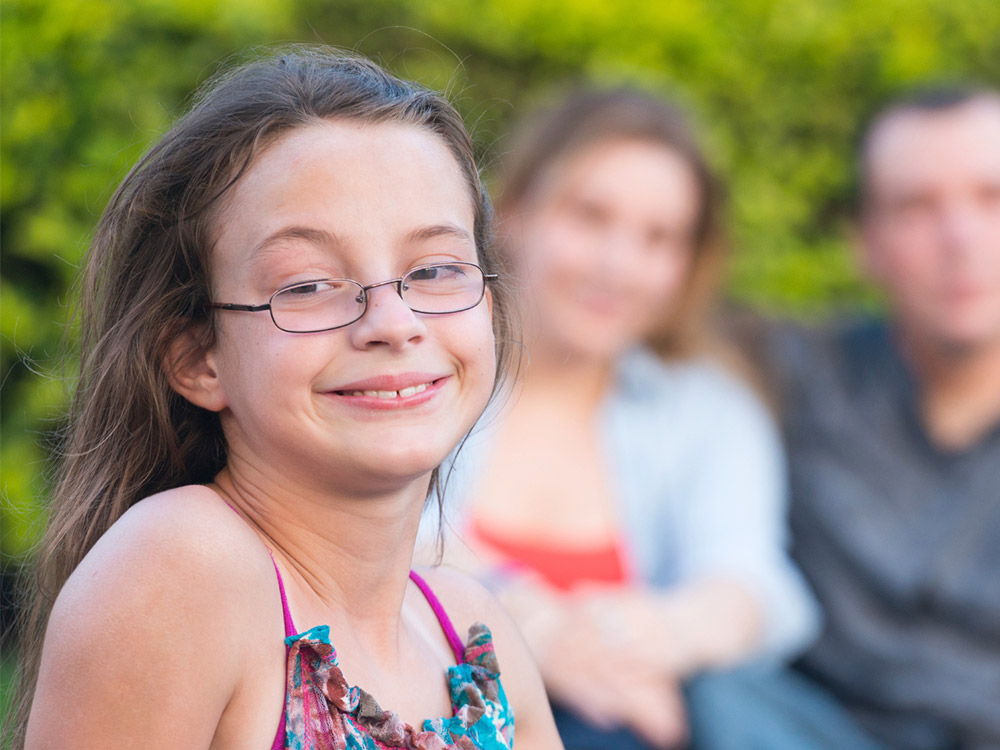Autism and Sensory Handling: Checking Out the Connection and Its Effects
Autism and Sensory Handling: Checking Out the Connection and Its Effects
Blog Article
Sustaining Individuals With Autism: Finest Practices in Education and Inclusion
The assistance of individuals with autism within educational settings requires a nuanced understanding of best methods that promote incorporation and efficient understanding. Stressing organized environments, tailored training methods, and joint efforts among families and instructors can considerably enhance the academic experience for pupils on the range.
Understanding Autism Range Disorder
Autism Range Disorder (ASD) is a complicated neurodevelopmental problem identified by a range of challenges in social interaction, interaction, and habits. autism. People with ASD might show a variety of symptoms and features, commonly resulting in an one-of-a-kind profile of toughness and problems. The spectrum nature of the disorder implies that signs and symptoms can vary significantly in seriousness, with some individuals needing significant support while others may operate independently
ASD generally materializes in very early childhood, with indicators often visible by the age of two or three. Common features include difficulties in understanding social cues, challenges in taking part in reciprocal discussions, and a preference for routines or repetitive behaviors. Sensory level of sensitivities are also common, influencing how individuals procedure and respond to sensory input from their setting.
Comprehending these attributes is essential for fostering effective support strategies. Accurate recognition of ASD signs and symptoms can lead to timely treatments that can dramatically enhance a person's lifestyle. Additionally, recognizing the diverse ways in which the disorder manifests aids caregivers, professionals, and teachers customize their approaches to fulfill the distinct needs of each individual on the autism spectrum.
Creating Inclusive Learning Environments
Creating a comprehensive discovering setting is essential for sustaining people with Autism Spectrum Disorder and advertising their academic and social success. Such atmospheres prioritize acceptance, understanding, and cooperation among all students, fostering a sense of belonging. This approach calls for the active participation of peers, educators, and parents, producing a community that values variety and inclusivity.
To achieve inclusivity, physical classroom setups ought to suit various sensory requirements, providing silent locations and versatile seating alternatives. Aesthetic supports, such as routines and hint cards, can help comprehension and predictability, important for many pupils with autism. Applying clear expectations and organized routines aids minimize anxiety and improves learning opportunities.
Partnership amongst personnel is vital. Educators should involve in ongoing specialist growth to much better comprehend autism and its ramifications for discovering. Developing partnerships with specialized professionals, such as speech specialists and job-related therapists, can further improve the assistance provided to trainees.
Ultimately, cultivating a comprehensive knowing environment not only advantages trainees with autism yet improves the academic experience for all students, advertising empathy, respect, and a much deeper understanding of private distinctions. This cumulative initiative is important for cultivating a supportive and appealing academic ambience.
Reliable Educating Methods
To effectively sustain people with Autism Spectrum Disorder in the class, teachers must employ a variety of training methods that provide to the unique learning designs and demands of these students. One efficient strategy is using aesthetic help, such as graphes, photos, and diagrams, which can boost comprehension and retention of details. These devices help make clear complex concepts and give a referral factor for trainees.
In addition, carrying out structured routines and clear expectations can create a sense of stability and predictability, which is critical for lots of individuals with autism. It is likewise helpful to include hands-on knowing opportunities, as these experiences can promote engagement and practical application of abilities.
Separated guideline must be a foundation of training methods, permitting educators to customize lessons to specific strengths and obstacles. In addition, employing social stories can assist in creating social skills and recognizing social hints, bridging interaction spaces.
Lastly, regular responses and positive reinforcement can motivate pupils and strengthen preferred behaviors. By incorporating these techniques, educators can develop a inclusive and reliable learning atmosphere that supports the growth and advancement of pupils with Autism Range Problem.
Collaborating With Families and Neighborhoods
Efficient collaboration with family members and neighborhoods plays a crucial role in sustaining people with Autism Spectrum Disorder. Developing strong partnerships between teachers, family members, and neighborhood companies enhances the performance of academic treatments and advertises a comprehensive atmosphere. Households, as key caretakers, use very useful insights right into the distinct requirements and preferences of their children. Involving them in the decision-making procedure ensures that academic strategies are tailored to private strengths and obstacles.
Schools ought to assist in open interaction networks, such as routine meetings, workshops, and comments sessions, to foster a sense of area and depend on. In addition, entailing community organizations can give access to sources and support services that expand past the class, enhancing social chances and ability advancement for individuals with autism.
Professional development for instructors must additionally emphasize the relevance of family involvement and neighborhood collaboration. Educating on culturally responsive practices can help instructors better recognize and incorporate diverse family members point of views. Inevitably, a joint strategy not only encourages families yet additionally improves the finding out experiences of individuals with autism, producing an encouraging ecological community that advertises their general wellness and success.
Supporting Social Skills and Communication
Promoting social abilities and communication is vital for individuals with Autism Range Disorder, as these abilities are fundamental for constructing connections and browsing social contexts. Effective methods for enhancing social proficiencies consist of structured social abilities training, peer-mediated treatments, and the usage of social stories.
Social abilities training programs can be customized to resolve details deficiencies such as initiating conversations, recognizing non-verbal cues, and taking turns during interactions. These programs commonly incorporate role-playing circumstances to supply functional experience and comments. Additionally, peer-mediated click here to find out more interventions, where normally developing peers are entailed, can assist in naturalistic social interactions, cultivating a helpful environment for people with autism.

Additionally, developing comprehensive environments in institutions and area setups motivates chances for social interaction - autism. By promoting understanding and approval amongst peers, the potential for purposeful communications increases, inevitably leading to higher social capability and psychological health for individuals with autism

Conclusion
In final thought, applying ideal methods for supporting individuals with autism in instructional setups is crucial for promoting addition and understanding. Structured regimens, aesthetic aids, and cooperation among educators, family members, and neighborhood companies improve learning experiences and address individual demands.
The assistance of Read Full Report people with autism within instructional settings necessitates a nuanced understanding of ideal techniques that promote addition and reliable understanding.Developing an inclusive learning setting is important for sustaining individuals with Autism Range Disorder and advertising their social and academic success.To efficiently sustain individuals with Autism Spectrum Condition in the class, instructors should use a variety of mentor techniques that cater to the unique learning styles and requirements over here of these students.Effective cooperation with areas and family members plays an important role in supporting people with Autism Spectrum Condition - autism. In addition, peer-mediated interventions, where typically establishing peers are entailed, can facilitate naturalistic social interactions, cultivating a helpful atmosphere for individuals with autism
Report this page